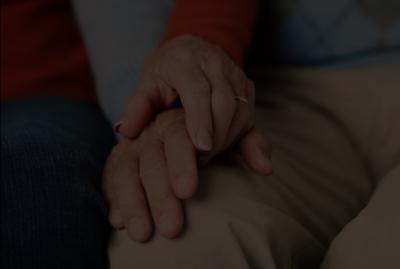Frequently Asked Questions About Cremation
by The Cremation
Association of North America
How is a cremation service different from a traditional funeral service?
It isn't. At least it doesn't have to be different. The extent and content of a cremation service is entirely subject to the wishes of the family. They may choose as much or as little formality as they feel they want to have, and they also have more options when cremation is chosen. Quite often a memorial service is held after cremation has occurred, or the family can gather at a convenient time for the final committal of the cremated remains.
Is a casket required for cremation?
Most crematories associated with CANA require that the body at least be enclosed and in an acceptably rigid container. This container or casket must be strong enough to assure the protection of the health and safety of the operator.
It should provide a proper covering for the body and meet reasonable standards of respect and dignity. Some crematories will accept metal caskets, but most require that the casket or container be fashioned of a combustible material. The body is cremated in the same enclosure in which it arrives at the crematory.
How is cremation accomplished?
The enclosed body is placed in the cremation chamber, where through heat and evaporation it is reduced to its basic elements, which are referred to as cremated remains. It may surprise many to learn that ashes are not the final result, since cremated remains have neither the appearance nor the chemical properties of ashes--they are, in fact, bone fragments. After
preparation, these elements are either placed in a permanent urn or in a temporary container that's suitable for transport.
Depending upon the size of the body, there are normally three to nine pounds of fragments resulting. Some crematories process the cremated remains, thereby reducing the space they require. Others do not alter their condition after they are removed from the chamber.
Isn't cremation an end in itself?
Some people may regard it as such, but most families feel that the cremated remains of someone they love should be afforded a resting place that can be identified by the name and dates. This is memorialization. Most families find that a memorial, regardless of size, serves a basic human need to remember and be remembered.
What choices for memorialization are available with cremation?
A final resting place for cremated remains can be provided by various means. The family may choose from a full selection of urns
for permanent containment of the cremated remains. The urns may be placed in a columbarium, which is a building or structure where single niche space or family units may be selected. Niches are recessed compartments enclosed by either glass protecting the engraved urn or ornamental fronts upon which the name and dates are featured.
Of course, family lots may be used, and cemeteries often permit the interment of more than one person in an adult space if cremation has occurred. In many cemeteries, there are also areas specifically designed for this purpose,
which are called urn gardens.
What about scattering cremated remains (cremains)?
This may be legally done in most areas, but CANA members believe that in consideration of the descendants of the departed that some form of memorialization should be provided. Furthermore, there are reasons for not scattering, because it is for many a very traumatic experience. It can be soul-shaking to spill out all that is mortal of someone you have known and loved. One should realize how much is being asked of the person who is to do the scattering.
Some crematories provide scattering gardens within their dedicated property, often with the option of personal memorials. The use of dedicated property assures the site chosen will not be developed for some other use at some future time.
How does the cost of cremation differ from burial or entombment?
The basic charge for just cremation is somewhat less than traditional burial. However, with so many items of service available to the family both in the funeral service before and in the mode of disposition after, it's not possible to make an accurate comparison. Again, the family has the option to select as much or as little as they choose, and with cremation they have more options.
Is embalming necessary with cremation?
No, but the factors of time, health, and possible legal regulations and religious beliefs might make embalming prior to cremation either appropriate or necessary. As a point of information, heart pacemakers or similar devices
should be removed, because they may become dangerous when subjected to the extreme heat of the cremation chamber.
Are more people choosing cremation today?
Yes, more people are choosing cremation today. The subject should certainly be resolved among family members since that determination will have to be made at the time of death. The family should visit the crematory to learn what's offered in the way of services and memorial property.
The family should get together ahead of time to decide what is best for all. Arrangements for memorialization also should be made at this time. This way, one of life's most difficult decisions need not be made alone at a time of grief and confusion.
This information was updated September, 2000




